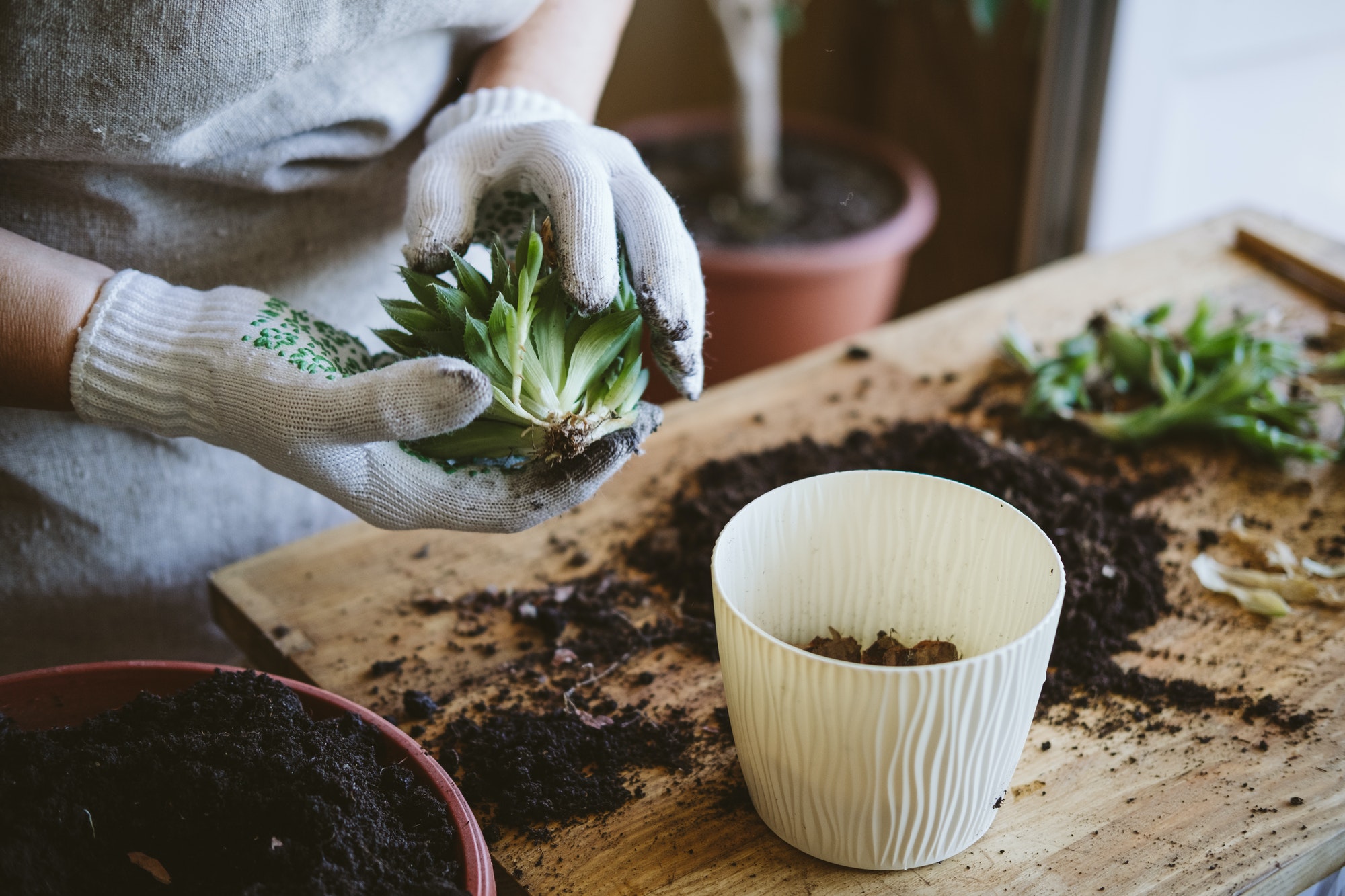As a beginning gardener, it’s wise to start small and manage weeds. Then, improve the soil and select a variety of vegetables that you enjoy eating. If you’re limited in space, concentrate on vegetables that yield the highest returns. If you’re adventurous and wish to try specialty vegetables, go for it. Just make sure to water sparingly, since splashing water on the leaves of plants can spread a lot of diseases.
Planning your planting schedule is essential for success. One way to do this is to draw a diagram of your garden and write down projected planting dates. Knowing when a particular area will be ready for harvest will allow you to plan when to plant another crop in that spot. It will also help you manage small spaces better. After all, you want to get the most from your garden, right? Besides, it’s fun! Here are some helpful tips:
Besides being easy to grow, turnips are tasty, too. Harvest them when the roots are an inch across. Otherwise, they’ll be woody. You can also plant successive turnips every few weeks. Then you’ll be able to reap more fruits and vegetables without worrying about the growing season again. But remember to harvest your crops regularly and don’t leave them on the ground too long or they will die. And make sure you know when to pick them, and where to put them!
Read up on specific crops and their pests before planting them. If you’re growing vegetables for food, learn which vegetables are susceptible to particular pests or diseases. If you have a large garden, you’ll be able to rotate your crops more efficiently. And you can plan your meals in advance by planting them consecutively. So, when planning your vegetable planting, make sure to follow a plan and be able to eat your produce in just a few weeks.
A good vegetable garden is not difficult to grow. Even if you don’t have a large yard or a trellis, you can plant a vegetable garden in a plant bed. There are also many vegetables that grow in containers, so you can plant lettuce in a 12-inch pot on your back deck and radishes, carrots, and more. For success, you’ll need to make sure that the produce gets enough sunlight and fertilizer.
The timing of your garden’s harvest depends on the crop’s maturity, the length of the growing season, and the effects of frost. Certain vegetables, such as cabbage, kale, parsnips, and carrots, improve after a frost, while others, such as brussels sprouts, benefit from chilly temperatures. To learn more about planting your vegetable garden, visit Planet Natural. You’ll be glad you did!
When vegetables are ready to harvest, it’s crucial to be vigilant about the timing. For instance, when the tops of the broccoli plants start to die, it’s time to harvest. Broccoli heads should be harvested when they’re at least 16 cm in diameter, and cauliflower should be ready when they’re fully grown. It’s also important to avoid trampling on wet foliage as it can spread plant diseases. When it’s time to harvest, it’s best to do so early in the morning.
